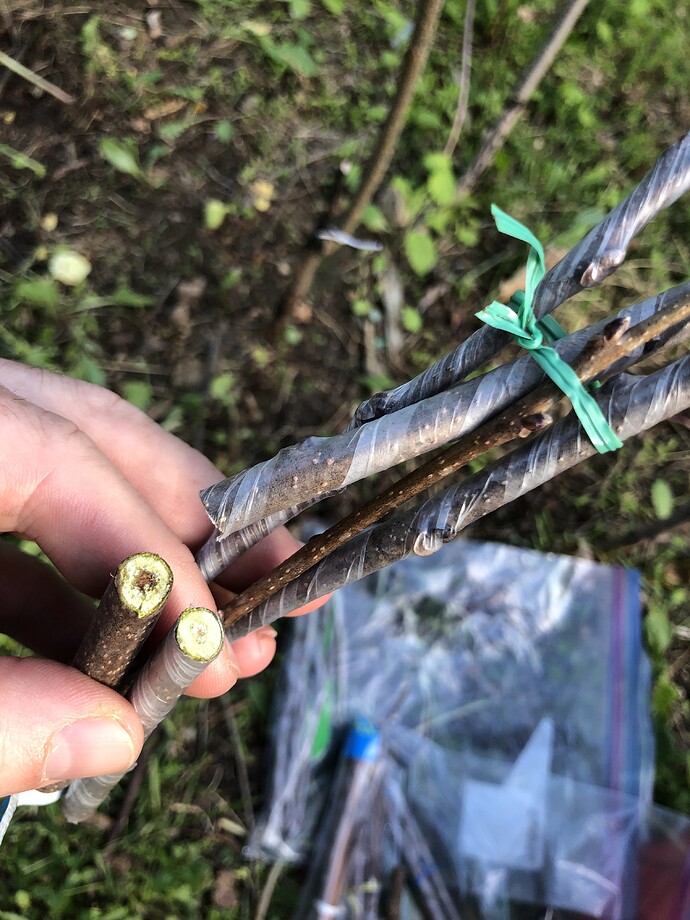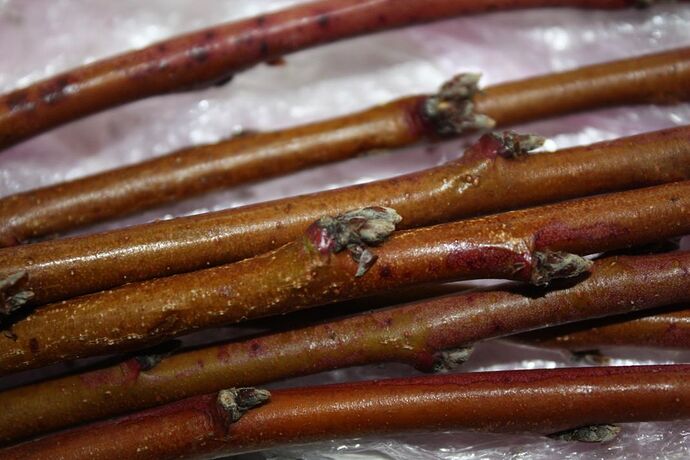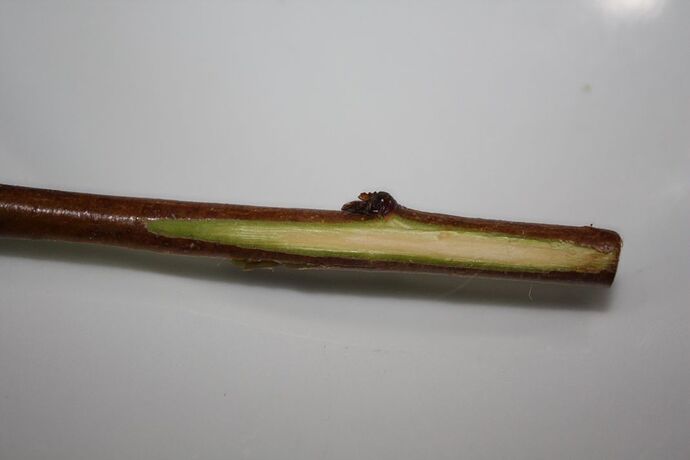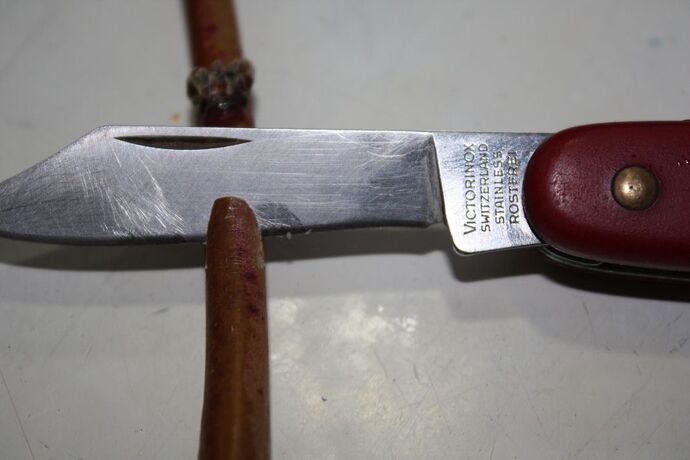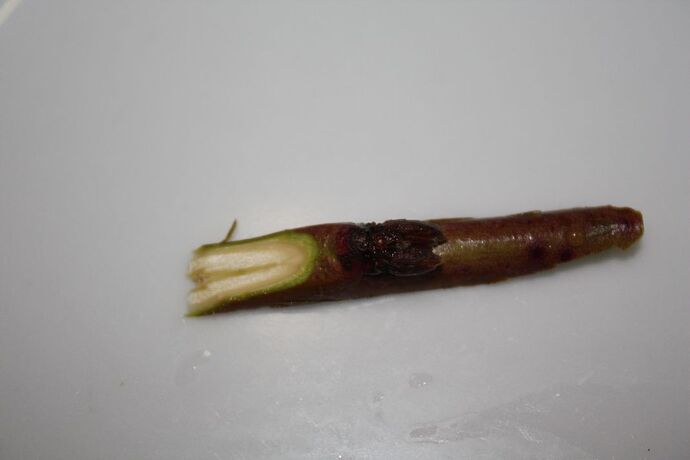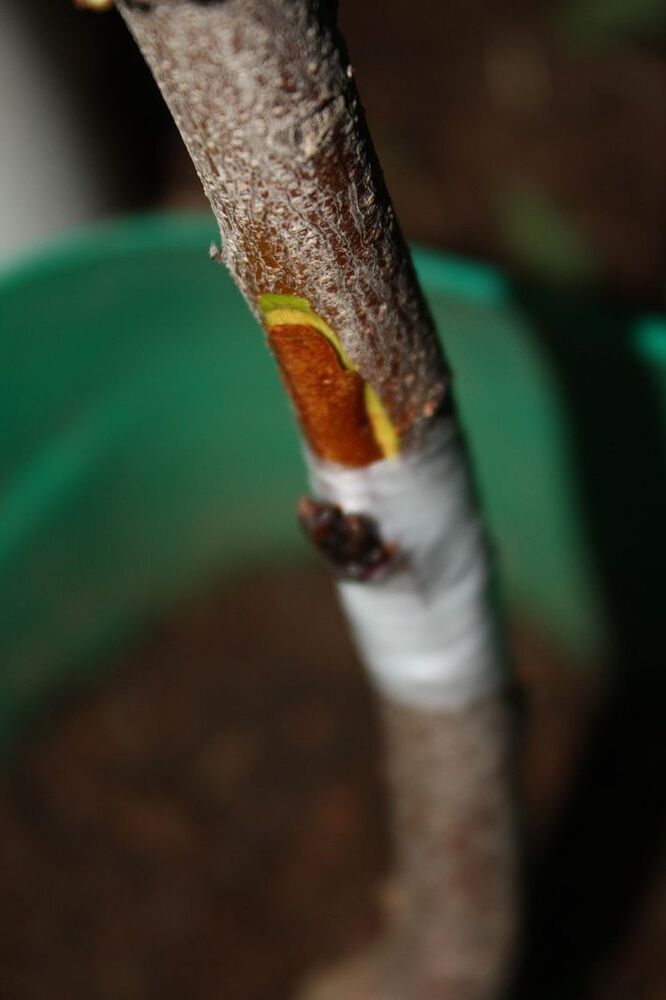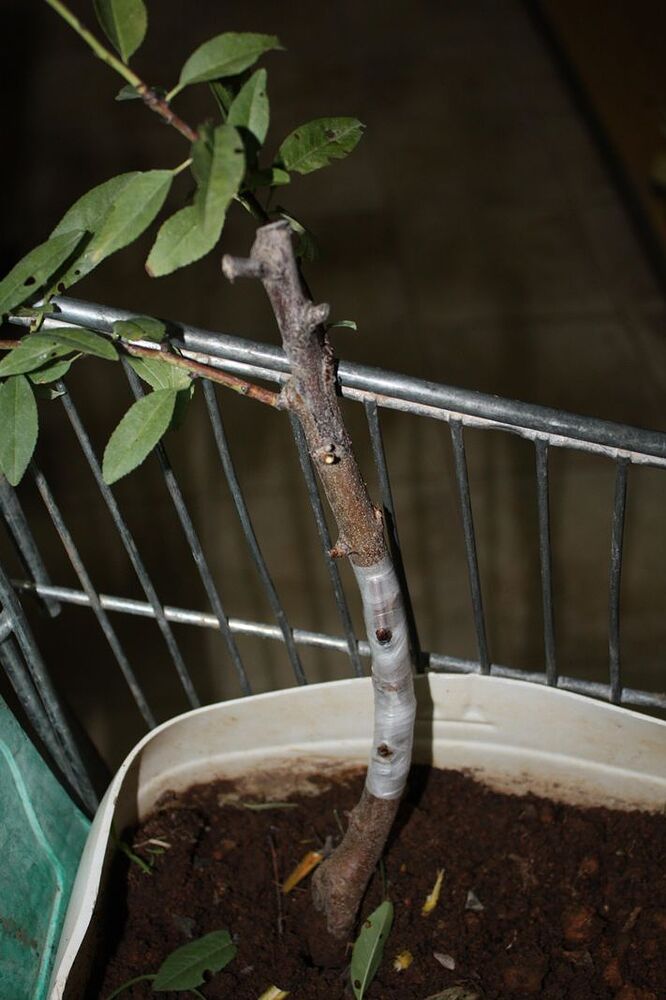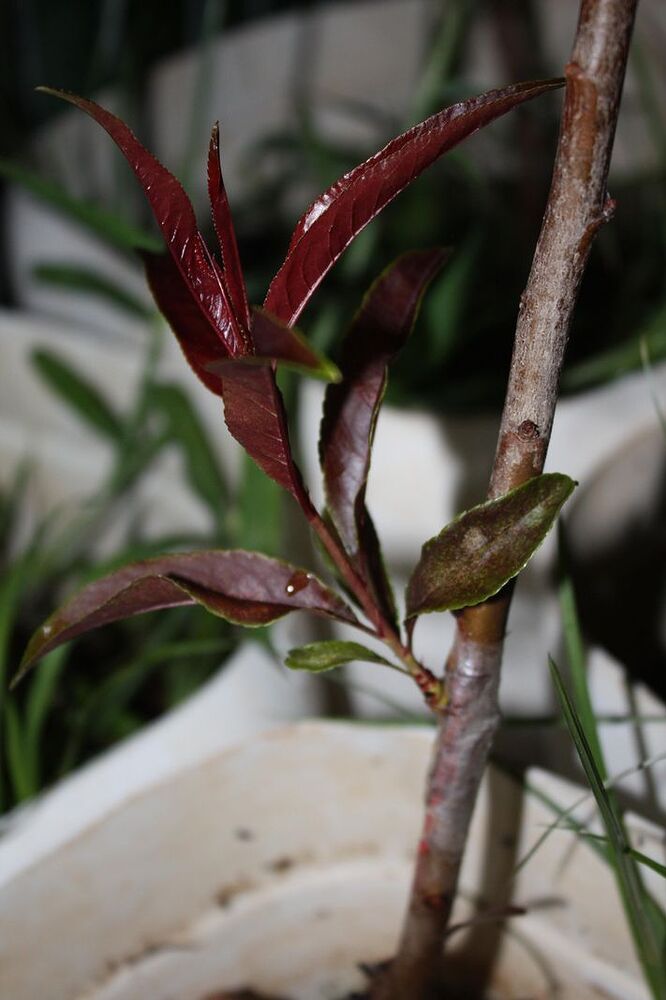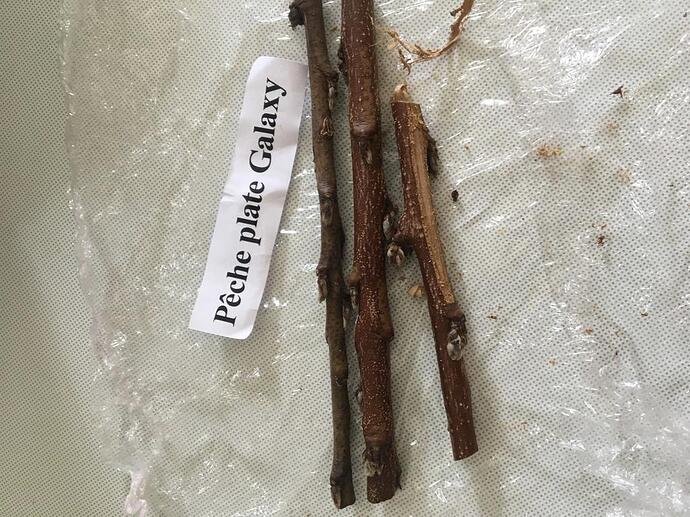Hi mates.
As I always go with a lot of work and I have just enough time to do the odd intervention in the forum.
Your remember that this post began on January 2, explaining how to prepare “really well” winter cuttings.
Ha ha ha ha ha ha
Time gives me reason and to the tests I refer .
Now it is July 27, and my industrial cold room is full of cuttings.
What happen ?
That my brother has prepared some spaces to plant fruit trees around his house, but he tells me now and he had not told me before, and my brother is very capricious and knows the varieties that he likes from my orchard (fortunately I have refrigerated material such as I told you that it had to be prepared).
Therefore it is simple, since I am going to graft using the Chip Budding system (that easy ).
I always have available rootstock, so no problem.
Important, not sorry “VERY IMPORTANT”.
The rootstocks a few days before being grafted on these dates, most of the branches are removed, leaving only the necessary branches, and important irrigation is applied.
After a week the rootstocks have been invigorated and are ready to be grafted.
Well, we started the process with the selection of varieties for my brother, from this photograph that you are going to see, I am interested in the variety of flat pech ASF-0798 Flatstar (it is a flat peach with white flesh, late maturing, fruit size AAAA ), an incredible exterior coloration, with an incredible flavor and texture, it is a variety that is in the ranking of my 10 favorite flat peaches.
Prepared rootstock
We start with the cuttings packages
The date that we are
The current quality of cuttings today
Chip Budding grafting system (everyone knows how to graft Chip Budding)
And it’s that easy.
This is a Spice Zee Nectaplum grafted about 12-15 days ago (with cuttings collected in winter)
What I am going to comment next, is only important for the European members of the forum, since we regularly use these rootstocks.
Hybrid rootstocks of almond x peach tree:
- GF-677 (obtained from the INRA of France)
- GxN 15 Garnem (Almond Garfi x Peach Nemared, obtained by the CITA of Aragon in Spain)
That said, the Spice Zee Nectaplum variety has magnificent graft affinity with GxN 15 Garnem, and no or very poor graft compatibility with GF-677.
I have an SMS-280 cherry tree grafted to Budding chip with cuttings winter wood starting budding that I will put pictures of in a few days.
To graft now in the T bud system with branches in a vegetative state, it has no mystery, but graft now with cold cuttings collected in winter "this really does have its mystery " hahahahaha
Regards
Jose
